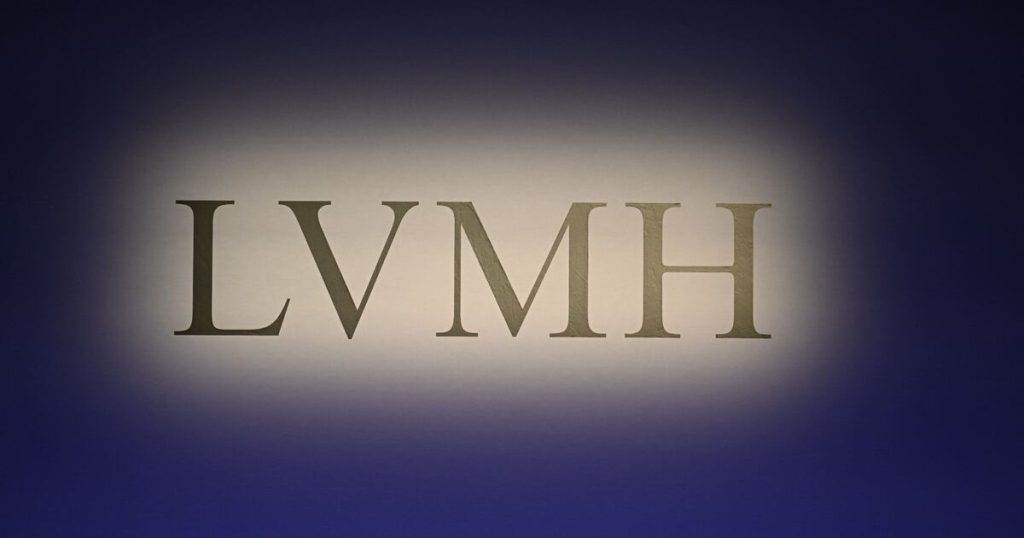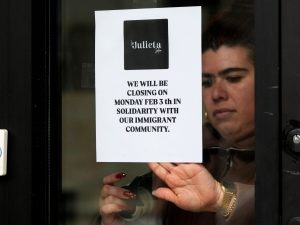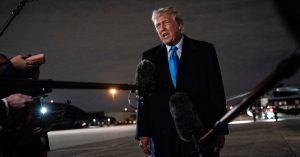
LVMH’s watch and jewellery division recorded a 3 percent fall in revenues last year as the watch industry suffered its most challenging period since the pandemic. But at the sixth edition of LVMH Watch Week, held in New York and Paris in late January, the chief executives of the group’s watchmakers put on a brave face.
“We believe as a group that there is high potential in our watch brands,” said Jean-Christophe Babin, chief executive of Bulgari, who claimed his watch division had experienced double-digit growth last year. (LVMH does not disclose results by brand.) Babin said LVMH Watch Week signalled the group’s watchmaking ambitions.
“For LVMH, it’s a clear strategic decision to become a major watch player,” he said.
The number of exhibiting brands increased this year from six to nine. Specialist watchmakers Bulgari, TAG Heuer, Hublot, Zenith, Gerald Genta and Daniel Roth were joined by Louis Vuitton, Tiffany & Co and L’Epée 1839, the Swiss clockmaker whose parent company Swiza was acquired by LVMH last summer.
“LVMH Watch Week is the perfect vehicle for launching a new collection,” said Louis Vuitton’s director of watches Jean Arnault. “Two years ago, we set this event as a target for launching these new watches, and we made it.” The company released more than a dozen new high-end watches into its Tambour collection, including a “montre à guichet”, or aperture watch, called Tambour Convergence and several watches featuring its signature “Spin Time” complication.
Nicolas Beau, vice president of Tiffany Horlogery, said he too had wanted a full collection ready before joining the event, which he described as “an ideal launchpad.” Among the highlights of the American brand’s first watch collection since Beau joined the company in 2021 was the $590,000 Carat 128 Aquamarine Watch, a one-of-a-kind creation inspired by the legendary Tiffany Diamond, which sold during the week in New York.
“The power of the group is good at an event like this, just as when we need to exchange ideas and savoir-faire,” he said.
Antoine Pin, who was appointed TAG Heuer chief executive in September, said LVMH Watch Week helped put the group’s watchmakers on a level playing field with its fashion brands. “The group is not as famous for its watchmaking as it is for fashion,” he said. “But this event shows the group is really taking watchmaking seriously.”
According to Julien Tornare, who moved from TAG Heuer to take over as chief executive of Hublot, the success of the event is attracting attention. “We’re receiving more and more requests from brands outside the group that would love to be part of it,” he said, adding there were no plans to open up the event.
LVMH Watch Week had been planned for Los Angeles. The US market has been a rare highlight for watchmakers over the past 12 months, with exports to the country up 5 per cent on 2023, according to the Federation of the Swiss Watch Industry (FHS).
But following the devastating effects of wildfires that destroyed 16,000 homes and buildings worth an estimated $30 billion across the city, the decision was taken to postpone and split the event. Brands hosted media and some clients in their own boutiques and offices in New York and Paris, or in LVMH-owned properties, such as the five-star Cheval Blanc hotel in the French capital.
“Ethically, it wasn’t appropriate to go to Los Angeles at that time, which was really bad for many people,” said Babin. “It was much better to postpone to next year.”
Babin said this had meant the cost of reorganising the event was “almost zero” and that the group was looking to cover its losses from the cancellation of the LA event by deferring venue bookings to next year.
While brand chief executives said they hoped next year’s event would return to a single-location format, Babin said the change of venue did open the doors to European and Middle Eastern clients “that didn’t want to go to LA.”
According to one analyst, LVMH Watch Week was unlikely to spark a revival for the group or the luxury watch industry, following a difficult year. “I expect the watches recovery to take time,” said Luca Bernstein, managing director of global luxury goods at Bernstein. “A lot of demand was brought forward and the category is purchased infrequently. And the LVMH brands lag behind in terms of consumer desirability.”
Oliver Müller, founder of the Swiss consultancy LuxeConsult, agreed that LVMH Watch Week was an indicator of the group’s plans to catch its watchmaking rivals Richemont, Swatch Group and Rolex. “Being in fourth place in the Swiss watch industry has never been seen as fulfilling LVMH’s ambitions as the number one of the luxury industry overall,” he said. “Hence the group has chosen to go full speed on its watch division’s projects.”
LVMH Watch Week was the first time the group’s watch brands had come together publicly since chief executive Frédéric Arnault announced plans to streamline the division’s operations in November last year. LVMH brands have quietly shared movements and facilities for years, but the announcement indicated a rapid acceleration of the strategy and signalled the group’s intention to adopt a more open communications policy around it.
In New York and Paris, Bulgari introduced a new automatic movement for its ladies’ Serpenti Seduttori watch. Initially, the movement will be produced in the low thousands of units by Bulgari, but according to Babin it will migrate to Zenith’s watchmaking facilities where it will be industrialised.
“We don’t have economy of scale unless we accept to pool resources,” said Babin. “This is really the first major pooling decision we made.” Babin said that unlike at rival Swatch Group, where brands are tiered by price point, LVMH’s stable compete in similar price segments, meaning the development and manufacturing costs of the movement could be amortised collectively.
It also gave the group another advantage, Babin noted. “Let’s not forget that the sister brands we have in the watch division are also very much interested by the ladies market,” he said. “This is an underdeveloped market, and this movement is key to succeeding in it. Because for women, [a watch] is not only a matter of design, it’s a matter of overall integrity.”
TAG Heuer used LVMH Watch Week to push a collection of Formula 1 chronographs priced around $5,000, the first products it has released since the announcement earlier this month that it had signed a deal with Formula 1’s owners Liberty Media to become the sport’s official timekeeper. The deal, which also includes LVMH brands Louis Vuitton and Moët Hennessy, is reported to be worth $1 billion over 10 years, more than half of which is thought to be covered by the Swiss watchmaker.
It’s expected TAG Heuer will release a collection of more accessible watches into its Formula 1 collection at Watches and Wonders Geneva, the industry’s leading watch show. LVMH Watch Week is timed to get ahead of a six-week embargo imposed on brands exhibiting at Watches and Wonders Geneva, which begins on April 1 and where 60 brands will exhibit to an expected 50,000 visitors.
“Watches and Wonders will be a bigger moment than this one,” said Tornare, noting that Hublot will focus on the 20th anniversary of its Big Bang, the design that has defined its growth over the past two decades.
Bulgari will exhibit at the event for the first time having initially decided not to join Hublot, TAG Heuer and Zenith in Geneva after Baselworld, once the world’s largest watch and jewellery fair, collapsed during the pandemic.
Babin said he was joining the fair because LVMH was now represented on the Watches and Wonders Geneva Foundation board and because the organisers had granted him and his fellow LVMH watch brands prime positions at the show. “The important step was the acceptance of the fact that Bulgari is an important watchmaker, and as such would have a location and a space consistent with what the brand stands for,” he said. During previous editions, Bulgari had taken a space in Geneva’s President Wilson hotel. Babin said the investment required to exhibit at the fair was twice what he had paid to be in the hotel.
Tornare said LVMH Watch Week set a benchmark. “It shows the other divisions that we can do successful events between brands,” he said. “Sometimes we consider ourselves competitors, sometimes sister brands. But at the end of the day, we can do something all together and do a good job.”








